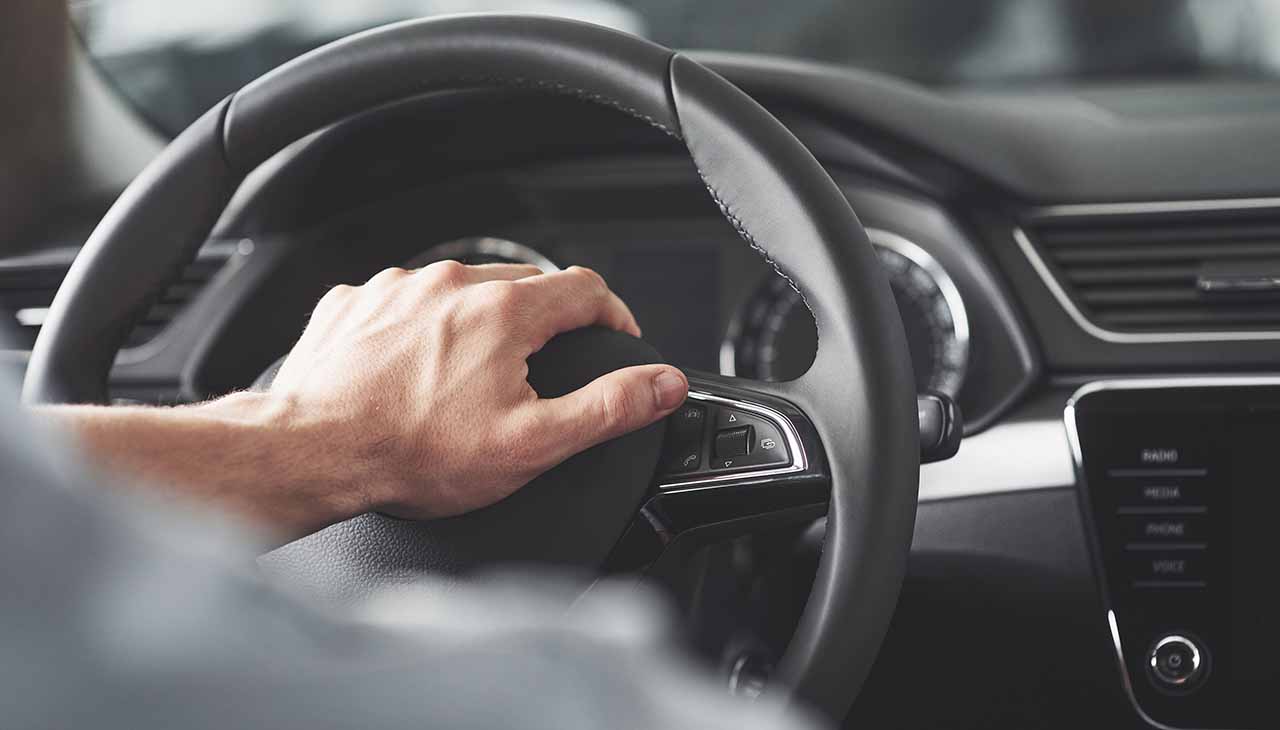
Drive with Confidence Learn to Diagnose and Fix Common Car Problems
Owning a car can be both a blessing and a curse. While it offers the freedom to travel, it also comes with its own set of challenges, especially when things go wrong. If you’re a car owner or a DIY enthusiast, understanding common car problems and knowing how to fix them can save you time, money, and stress. This blog post will guide you through diagnosing and fixing common car issues, ensuring your vehicle runs smoothly and safely.
Understanding Common Car Problems
Cars are complex machines, but some problems are more common than others. Knowing what these issues are and how to identify them can help you keep your car in top condition.
Engine Problems
The engine is the heart of your car. When something goes wrong here, it’s crucial to act quickly. Common engine problems include overheating, misfiring, and poor fuel economy. Symptoms of engine issues can range from unusual noises to warning lights on your dashboard. If you notice any of these signs, it’s time to investigate further.
Brake Issues
Your brakes are vital for safety. Common brake problems include squeaking noises, a spongy brake pedal, and longer stopping distances. These issues can be caused by worn brake pads, low brake fluid, or damaged brake lines. Ignoring brake problems can lead to dangerous driving conditions, so it’s essential to address them promptly.
Battery Troubles
A dead battery can leave you stranded, so it’s essential to keep an eye on its health. Common battery issues include slow engine cranks, dim headlights, and electrical system malfunctions. These problems can be caused by a weak battery, corroded terminals, or a failing alternator. Regular battery checks can help prevent unexpected breakdowns.
Tire Problems
Your tires are your car’s contact with the road, so keeping them in good condition is crucial. Common tire problems include uneven wear, low tread depth, and frequent punctures. These issues can lead to reduced traction, poor handling, and increased risk of blowouts. Regular tire inspections and maintenance can help you avoid these problems.
Diagnostic Tools and Techniques
To accurately diagnose car problems, you’ll need the right tools and techniques. Here’s a look at some essential diagnostic tools and how to use them.
OBD-II Scanner
An OBD-II scanner is a must-have tool for any car owner. This device connects to your car’s onboard diagnostics system and reads error codes from the engine control unit (ECU). By interpreting these codes, you can identify specific issues and take appropriate action. Most scanners come with a user manual and online resources to help you understand the codes.
Multimeter
A multimeter is a versatile tool that measures voltage, current, and resistance. It’s essential for diagnosing electrical problems in your car. You can use it to check the health of your battery, test fuses, and verify the integrity of wiring. Learning to use a multimeter can save you from costly electrical repairs.
Tire Pressure Gauge
A tire pressure gauge is a simple yet crucial tool for maintaining your tires. Proper tire pressure ensures optimal performance and safety. Regularly checking your tire pressure can help you identify slow leaks and prevent blowouts. Most gas stations have air pumps with built-in pressure gauges, making it easy to keep your tires in check.
Basic Hand Tools
Basic hand tools like screwdrivers, wrenches, and pliers are essential for any DIY car repair. These tools allow you to perform various tasks, from tightening loose bolts to replacing worn-out components. Investing in a quality set of hand tools can make your car repair efforts more efficient and effective.
DIY Fixes for Common Car Problems
While some car problems require professional intervention, many issues can be fixed at home. Here’s a step-by-step guide to tackling common car problems yourself.
Fixing Engine Overheating
If your engine is overheating, start by checking the coolant level. Low coolant can cause the engine to overheat. If the coolant level is low, top it up with the appropriate type. Next, inspect the radiator and hoses for leaks or damage. If you find any, replace the damaged parts. Finally, ensure the radiator fan is working correctly. If not, you may need to replace the fan motor or relay.
Replacing Brake Pads
Worn brake pads can compromise your car’s stopping power. To replace them, start by lifting the car and removing the wheels. Next, remove the caliper bolts and slide the caliper off the rotor. Take out the old brake pads and insert the new ones. Reassemble the caliper and wheels, then test the brakes to ensure they’re working correctly.
Jump-Starting a Dead Battery
If your battery is dead, you’ll need a set of jumper cables and a working vehicle. Start by connecting the positive (red) cable to the positive terminal of the dead battery, then the positive terminal of the working battery. Next, connect the negative (black) cable to the negative terminal of the working battery, and finally to an unpainted metal surface on the dead car. Start the working vehicle and let it run for a few minutes, then try starting the dead car. Once it’s running, disconnect the cables in reverse order.
Fixing a Flat Tire
A flat tire is a common issue that can be fixed quickly. Start by loosening the lug nuts on the flat tire. Use a jack to lift the car off the ground, then remove the lug nuts and the flat tire. Install the spare tire and tighten the lug nuts by hand. Lower the car and finish tightening the lug nuts with a wrench. Check the spare tire’s pressure and drive carefully to a service station for a proper repair.
Preventative Maintenance
Preventing car problems is easier and more cost-effective than fixing them. Here are some tips for maintaining your vehicle and avoiding common issues.
Regular Oil Changes
Changing your car’s oil regularly is crucial for engine health. Old oil can cause engine wear and reduce performance. Follow your manufacturer’s recommendations for oil change intervals and use the appropriate oil type for your vehicle. Regular oil changes can extend your engine’s lifespan and improve fuel efficiency.
Tire Maintenance
Proper tire maintenance ensures safety and performance. Rotate your tires every 5,000 to 7,000 miles to promote even wear. Check the tire pressure monthly and keep it at the recommended level. Inspect your tires for signs of damage or excessive wear and replace them as needed. Good tire maintenance can prevent blowouts and improve handling.
Brake Inspections
Regular brake inspections can help you catch issues early and avoid costly repairs. Check your brake pads, rotors, and fluid levels every six months. If you notice any signs of wear or damage, address them promptly. Keeping your brakes in good condition ensures your safety on the road.
Battery Care
Maintaining your car’s battery can prevent unexpected breakdowns. Clean the battery terminals regularly to prevent corrosion. Check the battery’s charge level and replace it if it’s weak. If your car sits unused for long periods, consider using a trickle charger to maintain the battery’s charge.
Fluid Checks
Regularly checking your car’s fluids can help you avoid major problems. Monitor the levels of coolant, transmission fluid, brake fluid, and power steering fluid. Top up or replace these fluids as needed. Keeping your car’s fluids at the proper levels ensures smooth operation and prevents damage to vital components.
Conclusion
Understanding and diagnosing common car problems can save you time, money, and stress. By familiarizing yourself with common issues, using the right diagnostic tools, and performing DIY fixes, you can keep your car in top condition. Preventative maintenance is key to avoiding problems and ensuring your vehicle’s longevity.
We encourage you to share your experiences and feedback with us. If you’re looking for more in-depth information or want to stay updated on the latest tips and tricks, consider subscribing to our newsletter. Together, we can keep our cars running smoothly and enjoy the freedom they bring.

